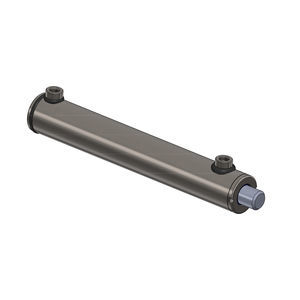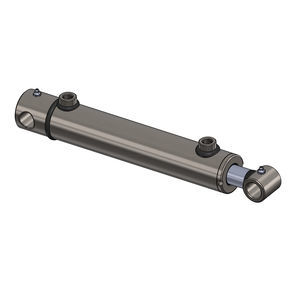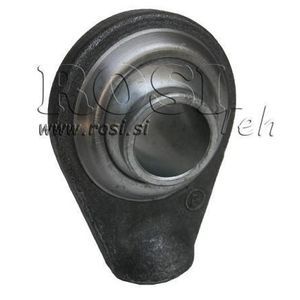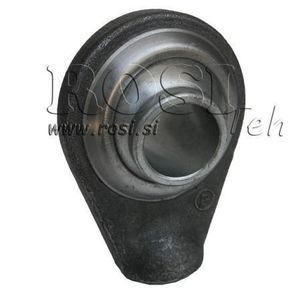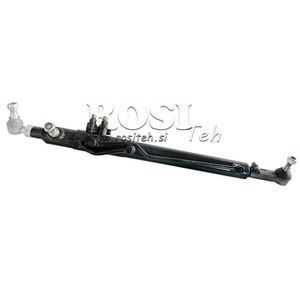

- Products
- Catalogs
- News & Trends
- Exhibitions
Flange cylinder 10743hydrauliclinearfor tractors
Add to favorites
Compare this product
Characteristics
- Type
- hydraulic
- Movement
- linear
- Tool application
- for tractors
- Other characteristics
- flange
- Pressure
250 bar
(3,625.94 psi)- Speed
0.5 m/s
(1.64 ft/s)
Description
HYDRAULIC CYLINDER FLANGE 80/50-300
Supplier:Italy
cylinder contraction force (at 250 bar):7.65 tons
Return or exchange:14 days
cylinder extension force (at 250 bar):12.56 tons
Product weight:17.9 kg
Warranty:2 years
cylinder extension force (at 180 bar):9.04 tons
cylinder contraction force (at 180 bar):5.51 tons
cylinder stroke:300 mm
A hydraulic cylinder converts hydraulic energy into linear force and consequently movement. They operate based on Pascal's law principle and utilize the force created by the pressure of a closed fluid - oil. When hydraulic fluid is pumped to one side of the cylinder, it pushes the piston, creating linear movement in the desired direction.
A typical double-acting hydraulic cylinder ('differential cylinder') has two ports (for hydraulic hoses), allowing linear movement in both directions.
Due to the different surface area ratios of the pressed oil on either side of the cylinder, the cylinder also has different power when extending or retracting. Consequently, due to the different oil volumes on either side of the cylinder, the speed of the cylinder (piston) is also different (faster or slower). When 'extending' the cylinder, the oil acts on the entire surface of the piston, resulting in the cylinder exerting more force and moving slower. Conversely, during 'retracting', where the surface is smaller by the diameter of the piston rod, the cylinder overcomes less force, allowing it to move faster.
*Prices are pre-tax. They exclude delivery charges and customs duties and do not include additional charges for installation or activation options. Prices are indicative only and may vary by country, with changes to the cost of raw materials and exchange rates.

